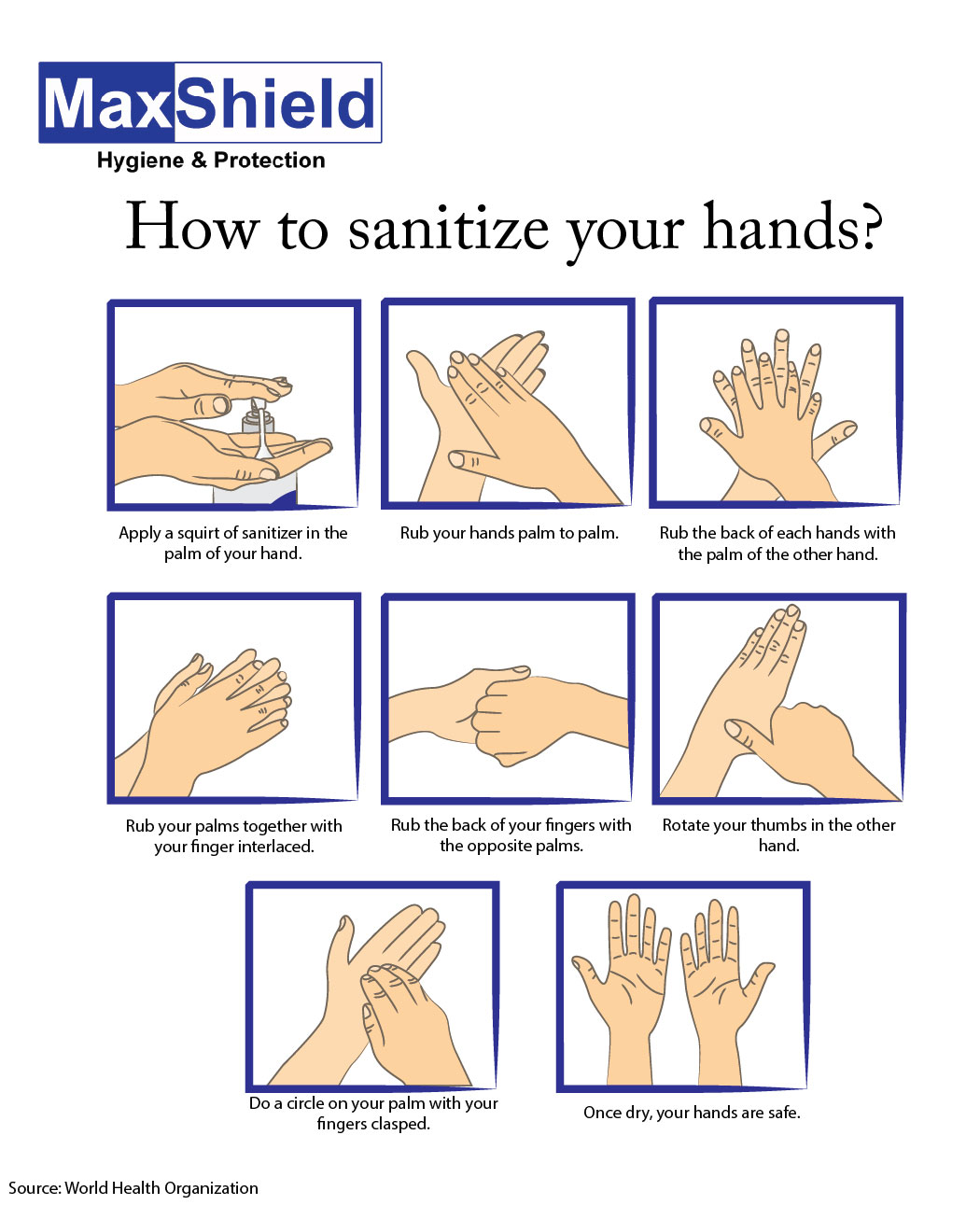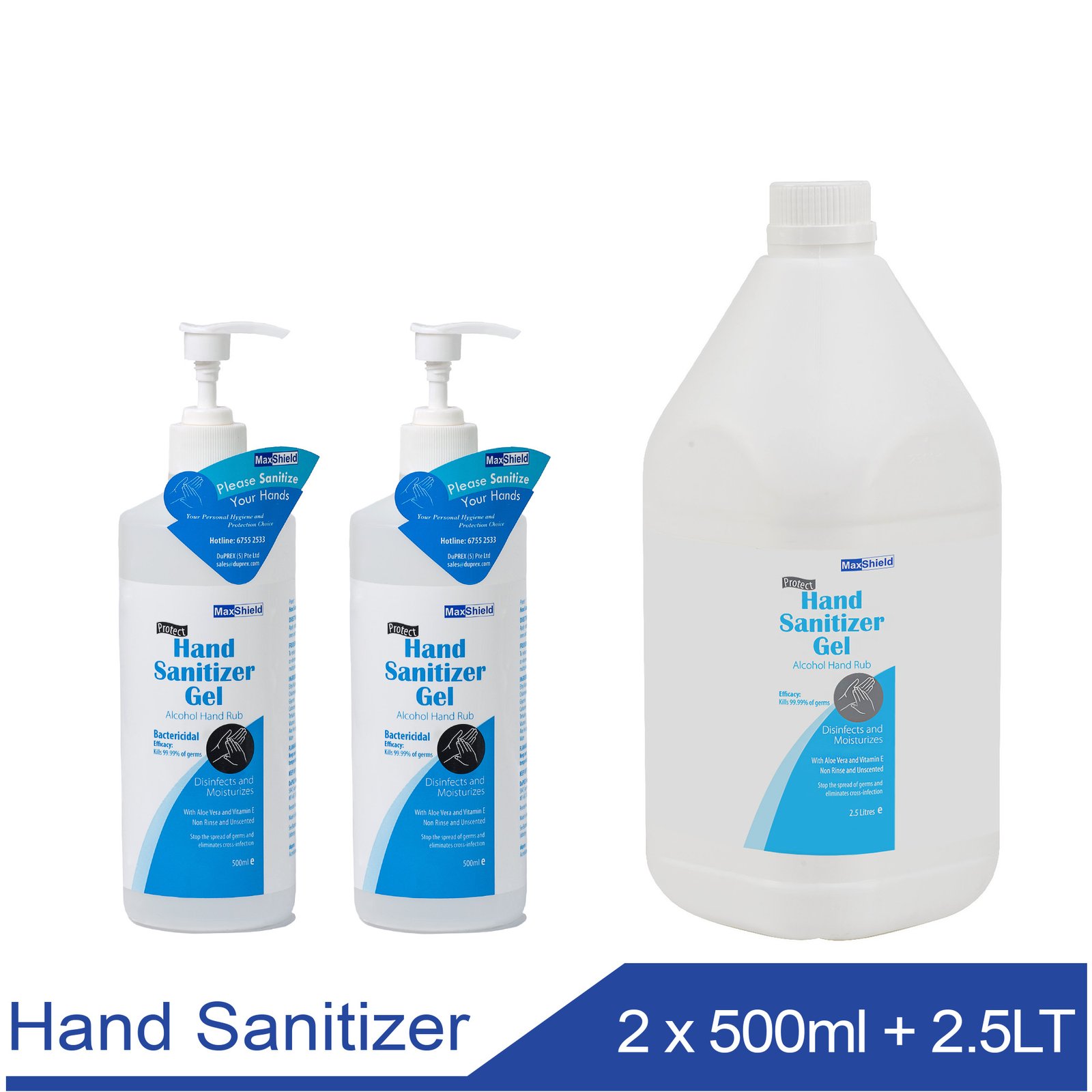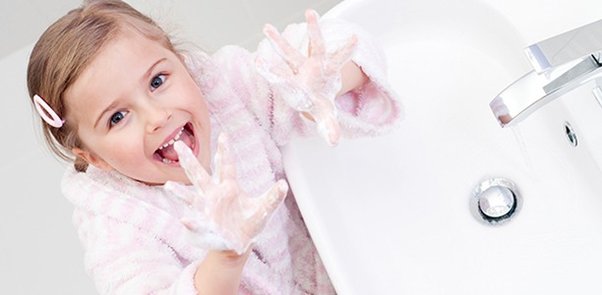
Effective hand hygiene is a crucial factor in preventing the spread of germs and infections, as approximately 80% of infections are transmitted through hands. Given the varied tasks employees undertake daily, from handling documents to greeting clients, it becomes imperative to combat the proliferation of germs and bacteria.
According to the World Health Organization (WHO), hand hygiene stands as the foremost measure to prevent the transmission of harmful germs. Placing hand sanitizers strategically within the office can not only encourage better hand hygiene but also contribute to fostering a safer and healthier work environment.
Key locations for hand sanitizer placement include:
- Entrances & Exits:
Door handles are recognized as hotspots for germ. Installing hand sanitizer dispensers at main entrance and exit doors, as well as other high-traffic doorways like those leading to restrooms and shared meeting rooms, can significantly reduce the risk of contamination.

- Meeting Rooms:
Meeting rooms often bring together individuals from different parts of the building or even different companies, making them high-risk areas for germ transmission. Placing hand sanitizer stations outside meeting room doors or on meeting tables ensures germ-free interactions.
- Break Rooms and Eating Areas:
Shared kitchens and break rooms are notorious for harboring germs. Maintaining clean hands and a hygienic environment in these spaces is vital to minimizing the risk of illness.

- Individual Desks:
Desks, phones, and computer accessories are frequent contact points for germs. Since employees spend a significant portion of their day at their desks, where they may eat, drink, cough, and sneeze, providing individual hand sanitizer bottles at desks can encourage regular hand hygiene.
- Elevators and Touchscreens:
Elevator buttons and touchscreens can serve as hiding spots for germs, even with regular cleaning. Placing hand sanitizer dispensers next to these spots can effectively reduce the risk of contamination.
When selecting hand sanitizer for the workplace, it is imperative to choose the right type. Opt for an alcohol-based hand sanitizer with a minimum alcohol content of 70% or an alcohol-free hand sanitizer containing active ingredients like benzalkonium chloride. Additionally, prioritize sanitizers with moisturizing ingredients to prevent skin dryness.
Maintaining robust hand hygiene practices in the workplace is essential for creating a safer and healthier environment for employees. Through strategic hand sanitizer placement and the selection of appropriate sanitizers, companies can play a pivotal role in minimizing the transmission of infections and ensuring the overall well-being of their workforce.

























